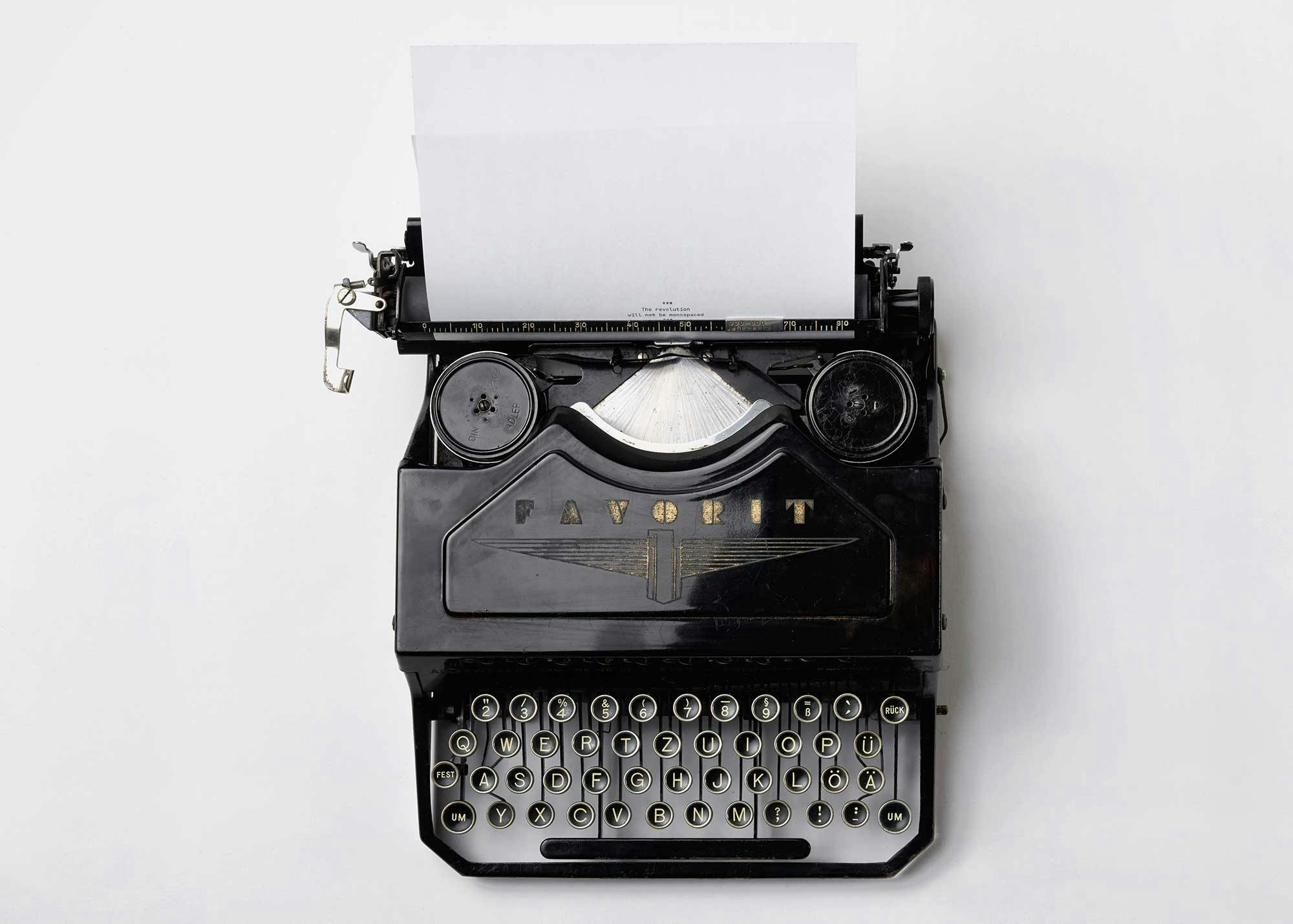
What happens when your brand just isn’t cutting it? Do you throw in the towel and start a new career? Probably not. Some popular brands have gone through troubling times and almost went bankrupt, but a rebrand saved them.
How your brand interacts with the world is vital. A great brand is recognized by its logo alone. We all know what the golden arches are and what they mean. What happens when your brand just isn’t cutting it? Do you throw in the towel and start a new career? Probably not. Some popular brands have gone through troubling times and almost went bankrupt, but a rebrand saved them.
The most significant advantage of rebranding, refreshing the look and the feel of your brand, is you will then have the ability to reach more customers, move outside a specific demographic, or even earn an entirely new generation of potential customers. We understand that rebranding may seem complicated and risky, but a rebrand can bring a sleeping brand back to life when done by the right people. History has shown some major rebrands that have put some wavering brands back on top.
In this article, we’ll talk about:
- Five reasons to think about rebranding
- Ten examples of outstanding rebrands that worked
- How to get started if it’s time for you to rebrand
By the end of this piece, you should have a little inspiration and some solid advice as to whether it’s time to rebrand. Let’s get started.
Five Reasons to Think About Rebranding
Is a rebrand right for your business? Is the time right for a rebrand? Good questions and ones that should be asked and answered before you jump into a rebranding. It’s not an easy task, and if your business doesn’t need it or the timing isn’t right, a rebrand could have the complete opposite effect than the one you’re looking for.
To be sure it’s time and right, here are five good reasons to consider rebranding.
#1 - Your services or mission have changed
Services and products grow, change, and evolve, and image is everything. If your image no longer supports or moves in sympathy with your mission or your service, then it is time to think about rebranding.
#2 - It’s time to separate your brand from the pack
Is your brand inadvertently being lumped in with a bunch of other brands? For example, look at SLACK, the inter-office messaging service. Their original logo was a colorful hashtag. That’s fine; however, they were being mistaken for social media sites such as Twitter and Facebook, both of which employ the hashtag. Slack rebranded to have its logo resemble a message bubble, which is their primary usage, workplace messaging. They defined themselves more precisely and ended all the social media confusion. Are you being lumped in or misunderstood? Time to think rebrand.
#3 - The old image just needs to be shaken off
Perhaps you need to separate your brand from a negative reputation, a bad event, or an unkind association. Burberry, which we’ll discuss in a moment, found that its brand was being associated with hooligans. That was cause for a brand refresh. Look around, listen, and check social media; what is your brand’s current image? Has it been co-opted by a group that could be seen as unfavorable? Or, is it being used by a group that you’d like to be more in touch with? A rebrand could give you more inroads or exits.
#4 - Change in your target audience
Change is sometimes good. If your brand is no longer connecting with your current target audience or you see a new generation that you’d like to connect with, then perhaps a rebrand is the right now for you. A rebrand can actively attract an entirely new demographic and still hold on to your current clientele. Do the research and see.
#5 - It’s just time; your brand is sadly outdated
Styles come and go. Maybe you’ve been going along so well that you’ve stopped giving your brand the attention it needs, and now, time has passed you by, and your brand is just simply out of date. It can undoubtedly bruise your credibility n the market with potential customers. It could also cause existing customers to jump ship if they feel they are being linked and trapped in the past by an out-of-date brand.
Caution here. Don’t make the mistake of suddenly going ultra-trendy to get the new crowd. This could be problematic down the line when, as they will, style change again. You don’t want to abandon the identity that your customers love and trust completely. Maybe a refresh to catch up with the times is what you need.
Ten Examples of Outstanding Rebrands that Worked
Don’t Fear the Rebrand. Although it is not an endeavor to be taken lightly if the time is right and circumstances demand, don’t be afraid to embark on a rebrand; before you do, talk to people who know how to execute a good rebrand, and then, make an informed decision.
And, if you’re still a little anxious, we offer this. Some pretty heavy hitters in the world have gotten to the point where the choice was basically rebranded or die, and the results were phenomenal. So, for inspiration and edification, here are ten of those brands that embarked on outstanding rebrands.
#1 - McDonald’s and the Health Craze
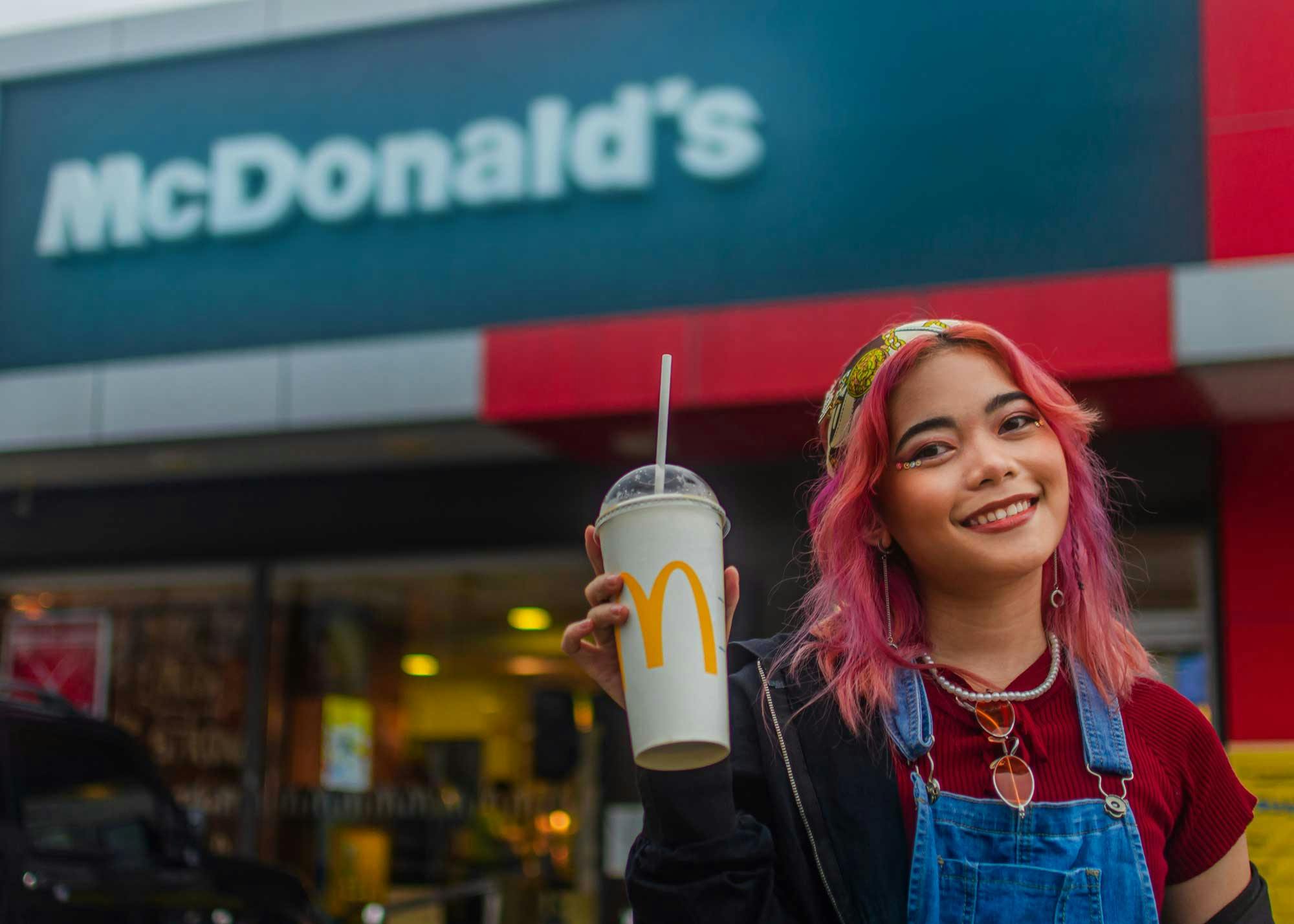
The fast-food giant was once viewed as a rather low-brow, exceptionally unhealthy place to satisfy your salt and fat jones. The documentary Super-Size Me, certainly didn’t help, pointing out all the negative aspects of the franchise’s food. The doc basically dropped the country’s obesity problem right in McDonald’s lap.
With a rebrand, McDonald’s now shows itself to be more health-conscious, with salads and yogurt and healthier foods. It has also gone after the coffee crowd, encroaching on the Starbucks domain with the McCafe offerings. New songs and new images, families enjoying meals together, and folks in business attire getting their coffee fix at the golden arches have done wonders to repair their damaged image.
Did it work? Yes, it did. McDonald’s copy registered a 5.3% rise in sales during the first month of the rebrand. Their strategy; they paid attention to the talk on the streets and responded actively with products that counteracted the negative hype.
#2 - Target and the Yuppie Class
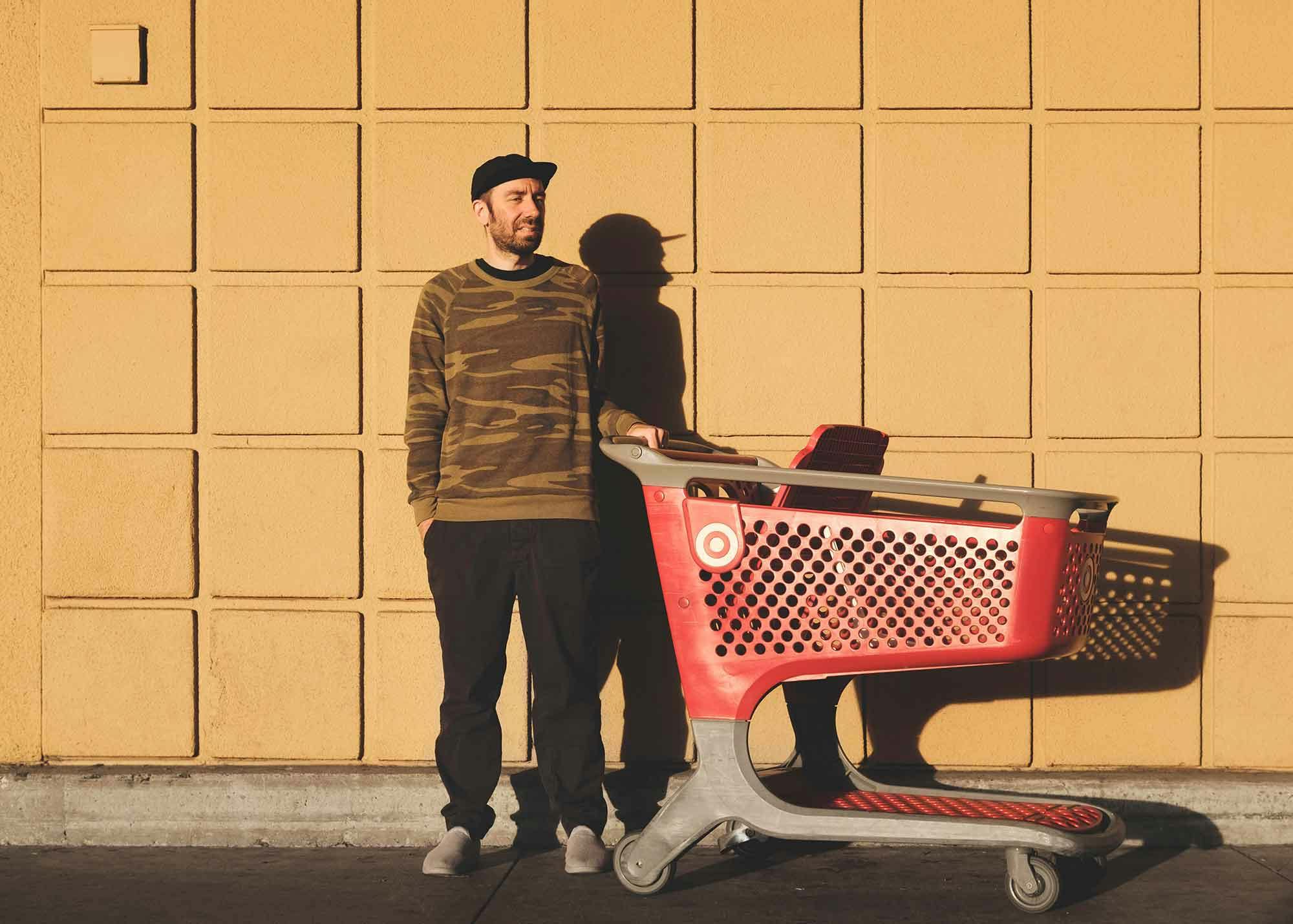
It was the 90s, and Target was just another discount store in the same field as Wal-Mart and K-Mart. Indistinguishable. Then, they rebranded and made deals with prominent designers like Mizrahi, Giannulli, and Fiorucci, to name a few. They were offering pared-down versions of designer apparel and products that pulled them ahead of the pack.
Target rebranded itself as affordable chic, with the big-name designers to back that claim. The yuppie crowd loved them, and on the streets and social media, they were referred to as Targét. Now they are the second-highest retail rin the United States surpasses only by Wal-Mart.
Their idea was simple; they set themselves apart from the competition by offering high-quality fashions and products at a discount price.
#3 - Wal-Mart, From Cheap to Go-To
A new slogan changed the way people perceived Wal-Mart. Where they used to advertise “Always Low Prices,” they changed that up in 2007, and the new tagline, “Save Money. Live Better,” came to be. Before their rock bottom prices earned them the reputation of being cheap and insubstantial. Now, people saw them as a way of living better.
The news logan was seen in everything from in-store signage to interior redesigns. They were the place to go to to make life better without breaking the bank. And, it worked. In the year following the rebrand, 2010, Wal-Mart was the world’s largest corporation by revenue. And they remain on top.
Their rebrand banked on the idea that most customers want a better lifestyle, and they’ll patronize companies that understand that and provide.
#4 - Old Spice, Old News, Now a Sensation
This rebrand was all about social media. The brand, which is 70+ years old, launched an ad campaign with former NFL player Isaiah Mustafa speaking the new catchphrase “Look, I’m on a horse.” This new ad generated tens of millions of views, and Old Spice became something very new.
Sales grew by 11%, and they are still rising. Old Spice responded to the attention with 187 variations on the theme.
The idea for Old Spice, they didn’t change the logo; they changed the experience. They brought a new experience to a new set of customers with clever, viral social media ads.
#5 - Apple Didn’t Always Rule the World
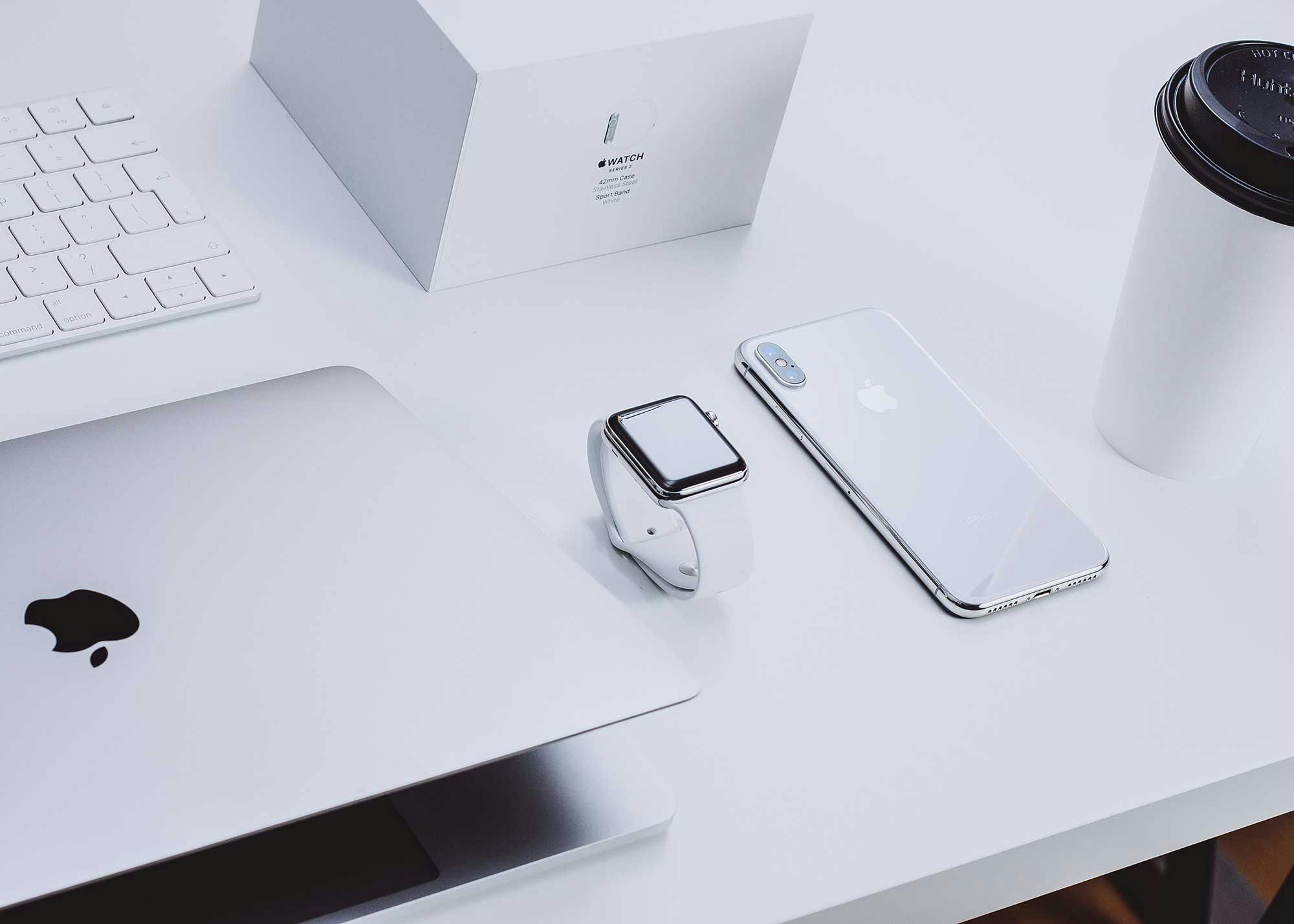
Believe it or not, in 1997, Apple was looking bankruptcy right in the eyes. Cut close to a quarter of a century later, and Apple stock has gone from $6 to $148. There have been highs; about ten years ago, the stock was $350 per share but, Apple still reigns in the tech world.
What they did was to examine how they articulated the brand from products all the way to the in-store experience. Everyone in the company has a full grasp of its mission, and they have the freedom to articulate it in their own way.
Buying an Apple product isn’t like buying anything else; it is a complete Apple experience.
Apple builds innovative products, and they package them artistically. They have created a club that people want to be part of. This is seen by the lines outside Apple stores with the launch of every new product. They made themselves the must-have tech, indeed from appealing to geeks to appealing to the masses.
#6 - UPS and the Slogans That Work
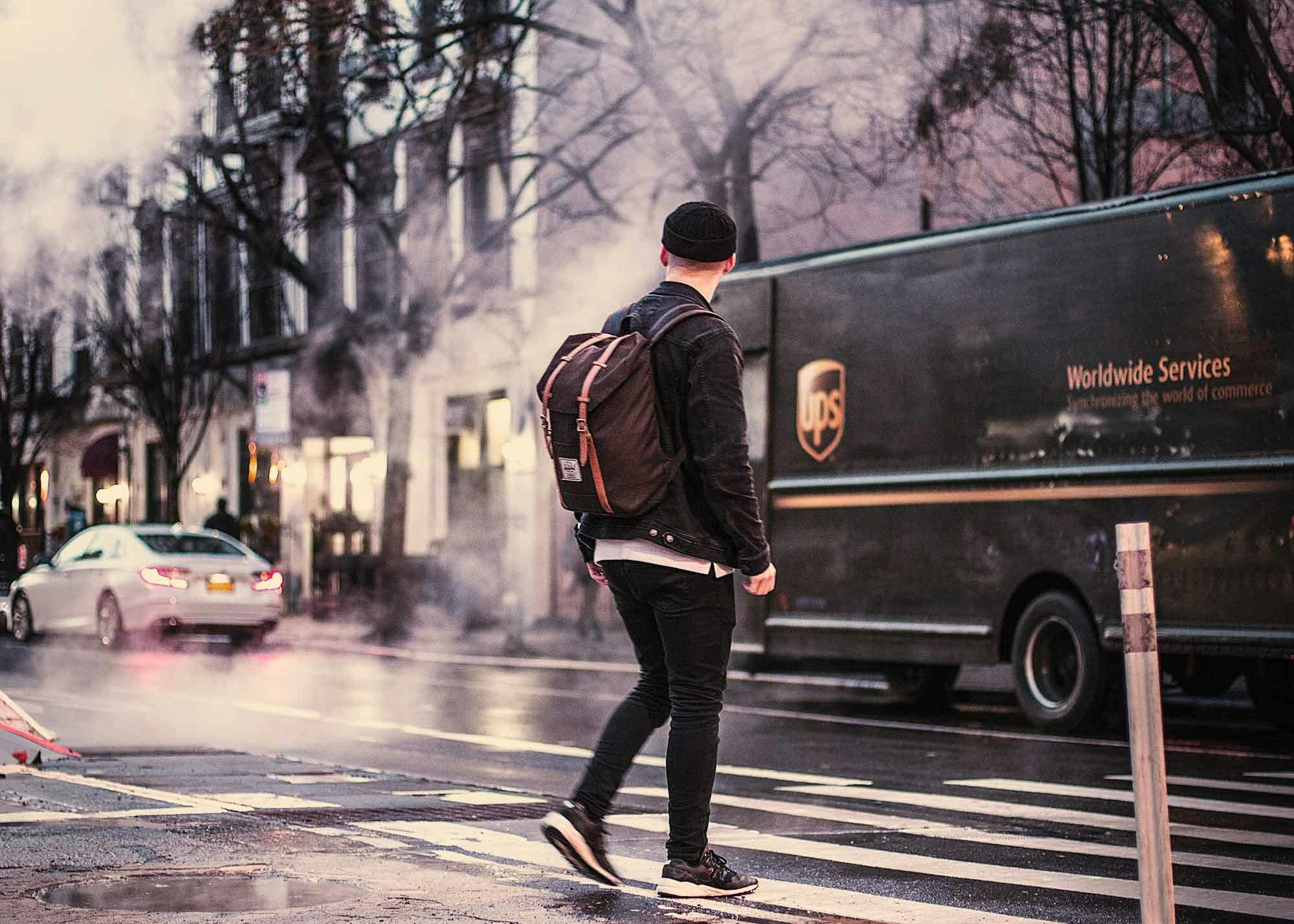
UPS used to tour that they were “Moving at the speed of business.” They were being buried by FedEx, which had introduced overnight shipping and online package tracking. So, UPS changed its slogan to: “What Can Brown Do for You?”
They supported the new slogan with an ad campaign that features “Mailroom Guy” and “CEO Person” to show that UPS could help everyone on the managerial ladder; UPS helped people. It worked. UPS ranked in a profit margin that was about double that of FedEx in 2001.
And they aren’t stopping.
The newest slogan, “We [heart] Logistics,” is their first global slogan showing that they can help people worldwide.
The rotating slogans may seem unspecific, but in reality, they show that their brand is adaptive and changing with the world.
#7 - J. Crew Just Needed an Obama
In 2003 Millard Drexler came on as the new CEO, and he rebranded. He turned the shop into a place that sells basics but with a hint of luxury, like cashmere sweaters. And, the Obamas gave the company a boost when the entire family wore J.Crew at inauguration festivities. It got even better when First Lady Michelle went on Jay Leno and told him her sweater, skirt, and blouse were a “J. Crew Ensemble.” immediately stocks went up 8.2%
Their idea, always offer quality products while keeping an eye out for new ways to meet customer demand. Having high-end endorsements like the very popular Obama’s helped quite a bit. Going from nothing to basics with a touch of class turned J. Crew around.
#8 - Burberry and the Hooligans

It has been around for over 150 years but, the Burberry image was stained. Some saw it as frumpy and overextended, while others caught wind that it was the preferred wear of hooligans. Two pubs in Leicester famously banned anyone wearing the label.
In 2001, a new creative director overhauled the brand combining modern and classic looks. They also enlisted some A-list folks to wear their clothes: Kate Moss and Emma Watson, yes, Harry Potter’s gal pal.
The revamp saw an increase in Burberry sales and an extension of shops; now, they have 50 stores in China.
Burberry didn’t get rid of its heritage; it just showed how it could be relevant today. A classic remains a classic for a reason.
#9 - PBR, from WorkBench to Top Shelf
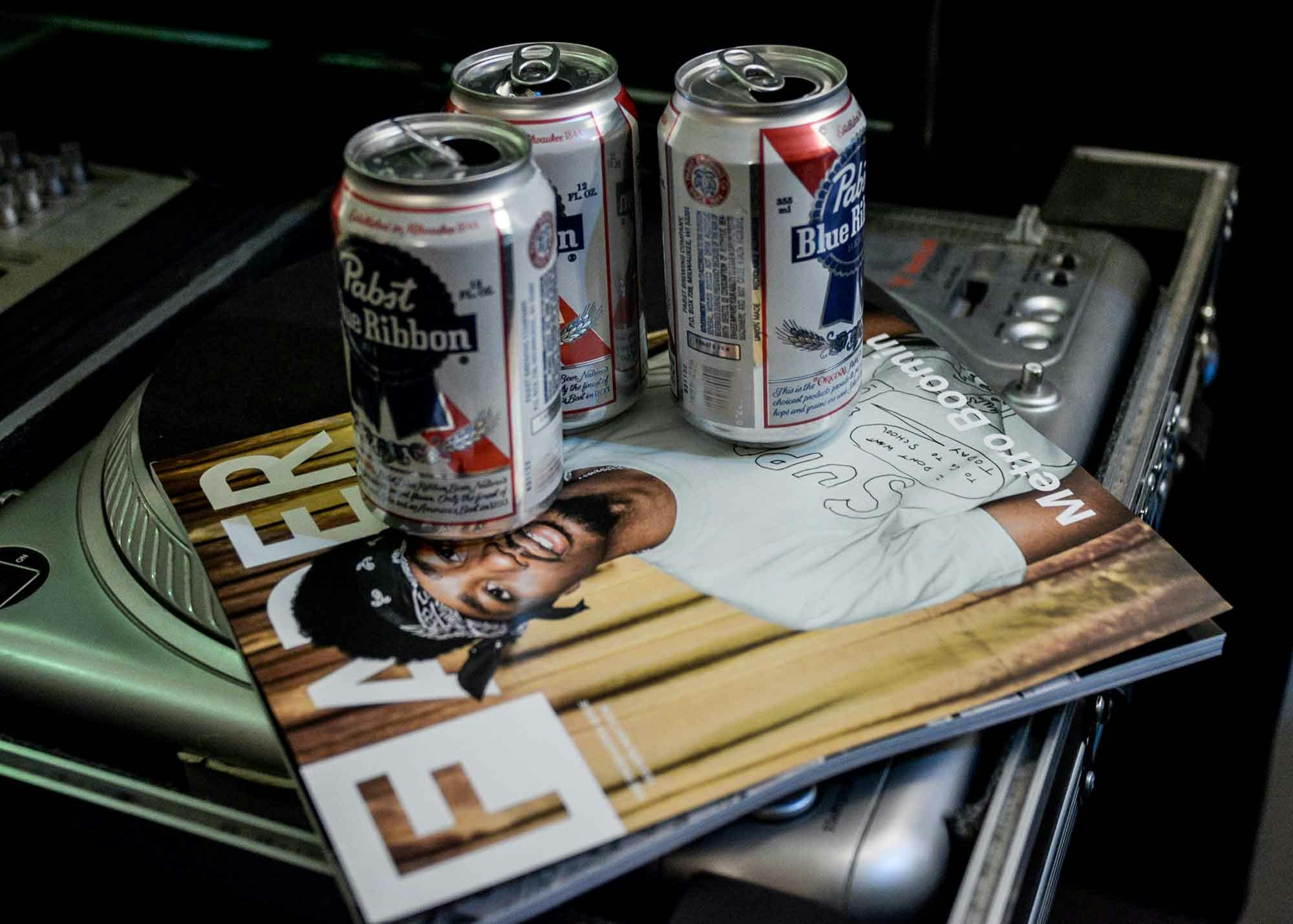
In the US, Pabst Blue Ribbon is a working-class beer. Cheap and popular with college kids and hipsters. How do you take a product that has been viewed one way since its inception? Road trip.
In 2010, PBR showed up in China with a new label. Now Blue Ribbon 1844 (The year it came out) is a rising star in the country. China is the world’s biggest beer market, and with a new label, A sleek bottle, and some slightly different ingredients, the working-class brew of your grandfather now sells for $44 bucks a bottle.
The idea is simple, add a foreign tag and fancier packaging, and your brand becomes exponentially more appealing.
#10 - Harley, a Reliable Hog
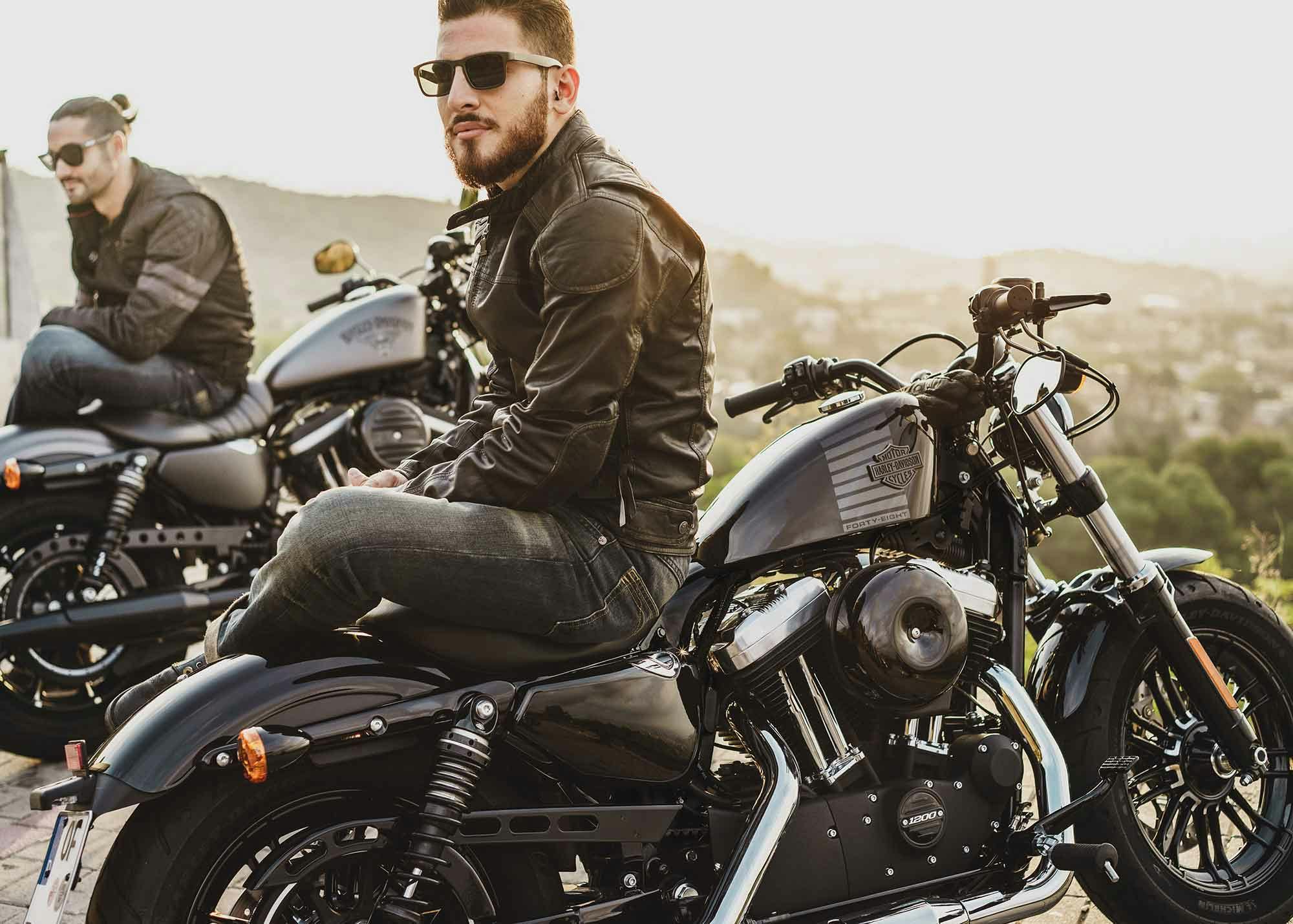
Everyone knows a Harley. It’s iconic. Even non-riders understand what it means to have a Harley. But, in 1985, that icon motorcycle brand was cruising its way toward bankruptcy.
Harley had a good brand and loyal customers; the problem was, they were not providing a reliable product to those customers. So, they did just that. They improved on their product and now build motorcycles that are classic and are reliable too.
For Harley, they realized they needed to support an already robust brand with high-performing products. The name didn’t change; the quality did.
As you can see, these brands are not to be taken lightly. They are trendsetters, industry leaders and have been around for a long, long time. When they decided to rebrand, they had a reason and a clear plan. That’s why they were successful. Also, they didn’t just start from scratch and throw everything out. They held on to their heritage and essence and just found a way to shine a new light on themselves.
A rebrand doesn’t mean everything isn’t working. It requires some thought and a specific problem that needs to be solved. These notable brands were up against a particular set of circumstances, and their rebrand was in reaction to those circumstances.
Rebranding by ThoughtLab
When we started this journey, we told you that before you jump into a rebrand, you should talk to people who have experience in rebranding and will work with you, not just do a rebrand in a general way. That’s why your first step should be to contact ThoughtLab.
For a rebrand to be successful, you need folks who will rebrand you, listen to you, understand your business, what works and what needs work. The specificity of a rebrand is vital. If you go with a company that just rebrands in a general sense, your chances of being in the top ten are significantly diminished.
Contact us here at ThoughtLab for a free consultation concerning your rebrand needs, goals, and desires. Let our decades of rebranding experience guide your brand to new heights.
